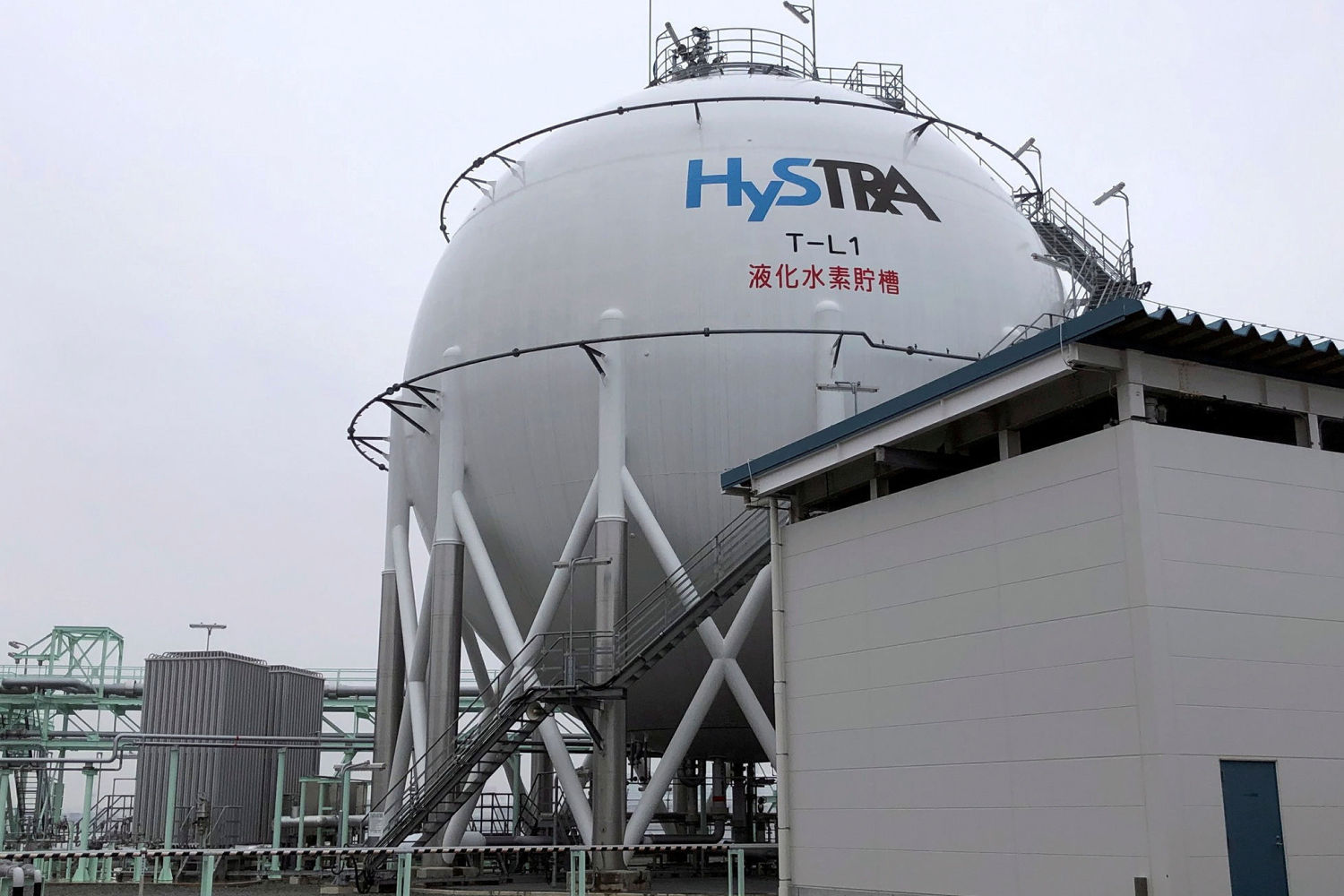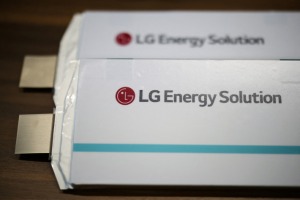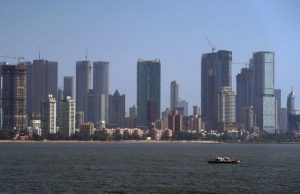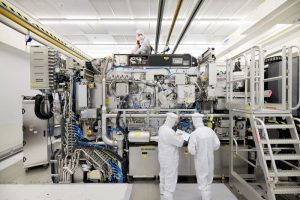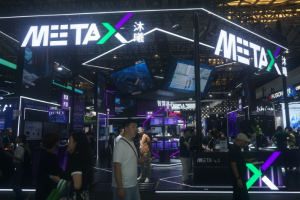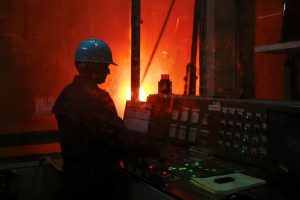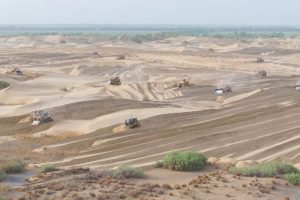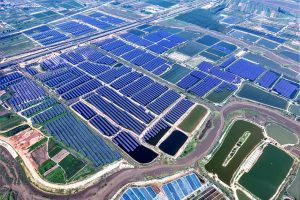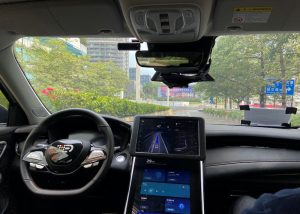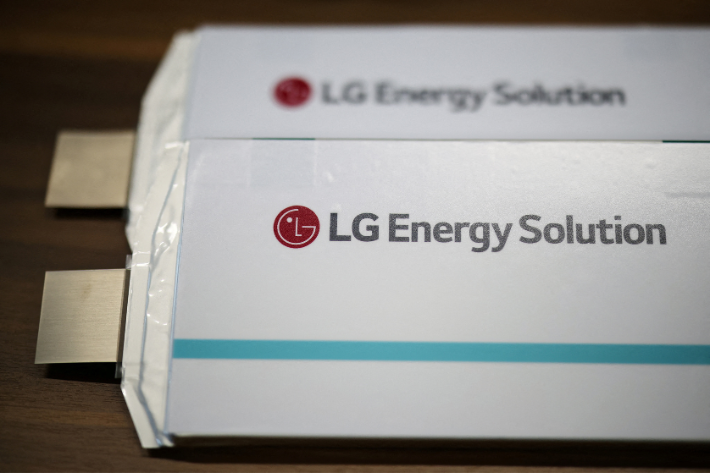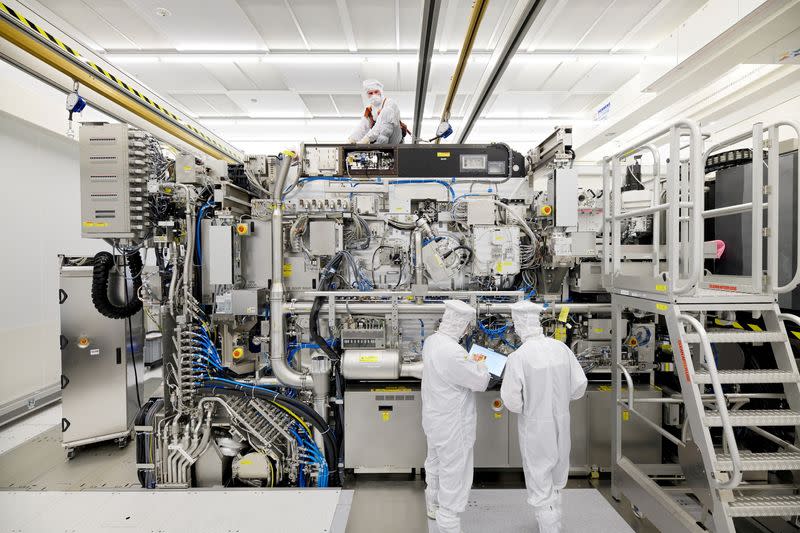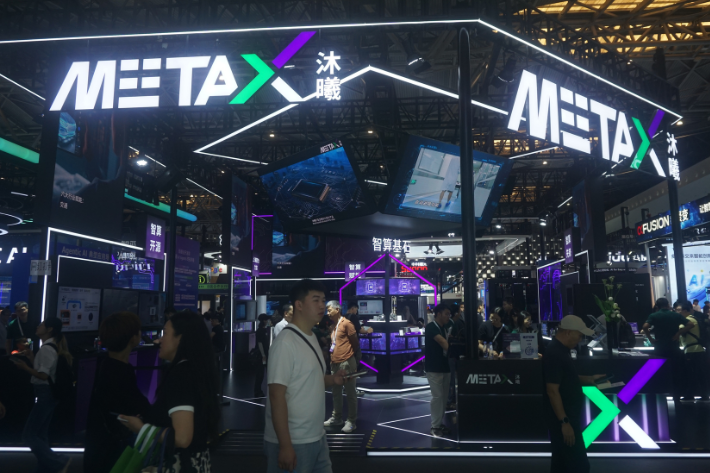(ATF) Japanese shipping giant Mitsui OSK Lines and Mitsui E&S Machinery are cooperating in an effort to achieve carbon neutrality at Kobe port as part of a transport ministry’s initiative to develop carbon neutral harbours in the country.
An advisory panel organised by the transport ministry and the city of Kobe identified port hydrogen demand potential of 150,000 tonnes per year with a complete fuel shift to hydrogen for the port’s cargo handling equipment and vehicles, including container tractor heads.
The two firms also aim to achieve 20% ammonia co-firing at coal-fired power generation units at the port, in addition to plans to develop a medium-sized power plant to be eventually fuelled by clean hydrogen or other carbon neutral energy sources to cover its power needs.
However, that timeframe has been pushed out several years, with Kobe looking to build hydrogen import, storage and supply infrastructure for a targeted 2030 start-up. The switch comes as part of an effort to assist the proposed fuel shift inside the port and adjacent areas.
EXISTING CARRIER
In the short term, imports and hydrogen produced domestically from fossil fuels or as a by-product are expected to be supplied using an existing liquefied hydrogen carrier and trucks.
Hydrogen produced by fossil fuels is usually considered brown hydrogen, since it still produces CO2 emissions. Blue hydrogen is also produced using fossil fuels but utilises carbon, capture, storage (CCS) for emissions.
Green hydrogen, the ultimate goal for most countries and companies in their respective net zero push, is produced without fossil fuels, and as such emits no emissions.
Kobe port has Japan’s first hydrogen import terminal, commissioned last year with a 2,500 cubic metre storage tank that can hold 150,000 tonnes of liquefied hydrogen and a loading facility.
COMMERCIAL SUPPLY
A group of as many as 11 Japanese companies led by industrial gas supplier Iwatani and trading house Marubeni have also developed a consortium to build a commercial hydrogen supply chain in western Japan’s Osaka and Kobe areas by 2030.
Japanese steel mill Kobe Steel, for its part, said last week that it will consider using ammonia at its coal-fired power generation plant near Kobe port.
The moves to help Kobe port become carbon neutral comes as Japan recently set a net zero by 2050 goal. Prime Minister Yoshihide Suga said just hours before a two-day virtual climate summit hosted by US President Joe Biden last month that Japan would aim for a 46% reduction in emissions by 2030, over 2013 levels, up from 26% pledged earlier.
However, he added that the 2030 level was not an official government goal. Japan announced a carbon neutral 2050 pledge in October. “It will not be easy,” Suga said.
HIGH FOOTPRINT
“In order to achieve the [revised] target, we will firmly implement concrete measures, while aiming to create a positive cycle that links the economy and environment and achieve strong growth,” he added.
To reach that ambition, however, will take more effort and on a larger scale than just at its ports. Although Japan only has a population of just over 130 million people, it has the third largest economy in the world after the US and China and as such a correspondingly high carbon footprint.
It’s also the world’s largest liquefied natural gas (LNG) importer and the world’s fourth largest crude oil buyer. Coal, for its part, still made up 26% of the country’s energy mix needed for power generation in 2019, according to the US Energy Information Administration.
Moreover, to pivot from an over-reliance on fossil fuels, Japanese energy companies are building out domestic clean hydrogen infrastructure but also overseas, similar in many aspects to its oil and natural gas build-out abroad over the past 50 years to help offset the country’s own lack of hydrocarbon resources.




